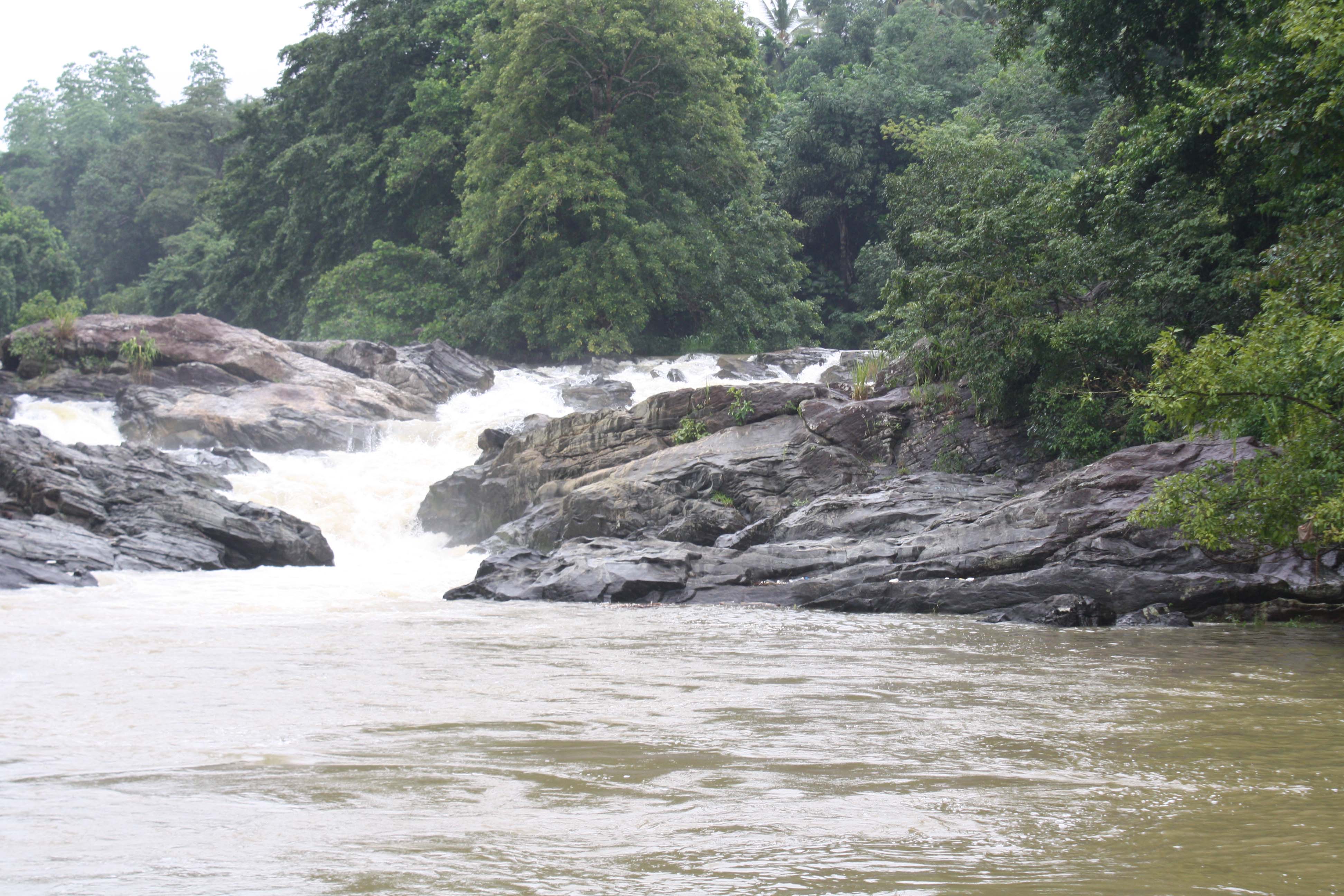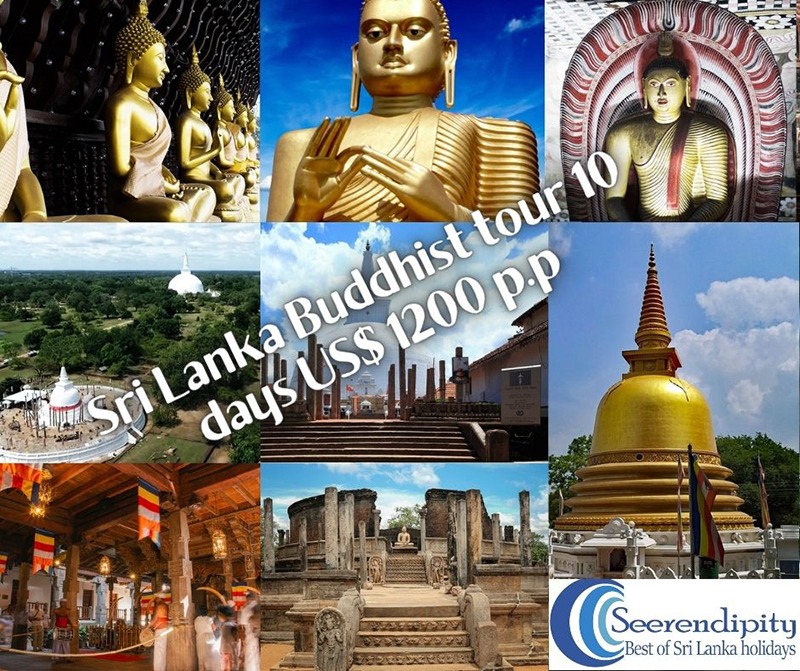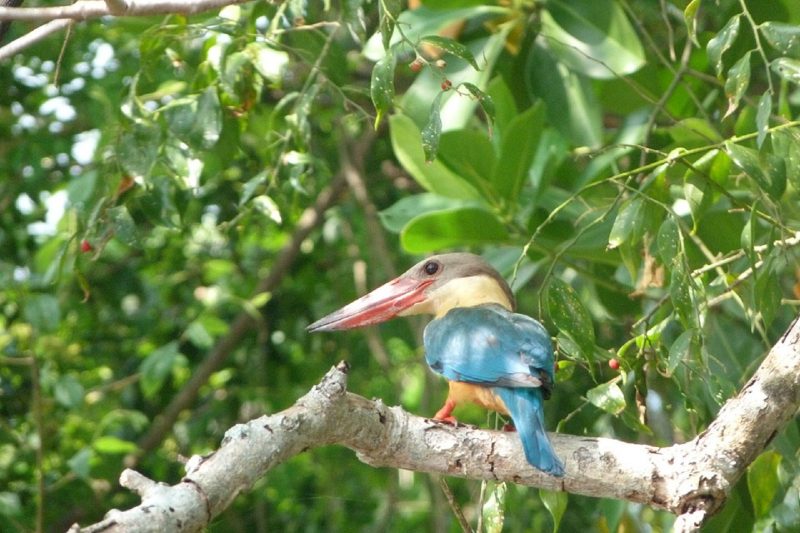Five lesser-known natural attractions in Sri Lanka
Five lesser-known natural attractions in Sri Lanka
You may be thinking of Sri Lanka as a destination mainly for beach holidays because Sri Lanka is a small tropical island. But the island offers a lot more than sun, sea and sand for its visitors. Sri Lanka harbours a large number of natural attractions in Sri Lanka. From the northern-most tip of the island, Point Pedro to down south, landscape, vegetation, weather pattern, traditions, customs, architecture and many other aspects of life, change drastically, giving the travellers plenty of opportunities to keep them busy during the holiday in Sri Lanka.
Here are five lesser-known natural attractions in Sri Lanka, which are really off the beaten track natural attractions. These are several isolated places in the western province and need a considerable amount of travelling to reach from major cities such as Colombo and Gampaha. Therefore, these places should not be an essential part of your Sri Lanka tour itinerary and can be visited, if you happen to come to the vicinity of these places.

Maimbulkanda nature reserve
Maimulkanda nature reserve is located about 25 kilometres from the international airport. It is located between Ranpokunagama housing scheme and Maimbulkanda village. The forest reserve can be reached from Colombo through Colombo-Katunayake main road. Today it is given the statue of the nature reserve by considering its importance as a forest that harbours a large number of species of Fauna and Flora.
Sri Lanka budget tours
The nature reserve spreads over 58 hectares. It harbours many species of valuable hardwood such as Hora (Dipterocarpus zeylancus), Kekuna (Canarium commune), Halmilla (Berrya cordifolia). This forest reserve is a good place for bird watching and inhabited by more than 100 species of birds, 70 species of butterfly, 10 species of amphibians, and about 10 species other animals. Mailbulkanda nature reserve is one of the beautiful nature reserve visited by very few travellers. The reserve is an important natural asset and adds beauty to this busy part of the country.
Algama Ella a natural attraction in Sri Lanka
Algama Ella or Algama waterfall is another lesser-known natural attraction in Sri Lanka. The nearest city for Algama Ella is Gampaha and it can reach in one hour drive from the city. Algama Ella is one of the very few waterfalls in Gampaha district and originated from the Dunumala Oya, which begins at Dunumala Mountains. Even though it is only about 10 feet in height, the waterfall is very beautiful scenery, when it is full of water. The waterfall is most picturesque during the south-west monsoon, during this period the west coast of Sri Lanka receive the largest portion of its annual rainfall.
Horagolla national park
Horagolla national park is one of the oldest forest reserves in the island. It is one of the popular natural attractions in Sri Lanka. It was first declared as a forest reserve in 1973. Later it was upgraded to the status of a national park. The national park spread over about 33 hectares. It is inhabited by a large number of animal, bird and amphibian species. Horogolla national park is described under low-land rainforests and the vegetation is dominated by Hora trees.
Sri Lanka is a beautiful tropical country with a large number of tropical trees, plants and veins. At the moment about 24% of Sri Lanka’s total land area is declared as protected areas. The protected area is mainly categorized into four categories namely strict nature reserve, nature reserve, national parks and wildlife reserves.
Most of the protected areas of the island are to be found away from the crowded cities like Colombo, Kandy, Gampaha etc. but Horagolla nature reserve is a protected area close to the commercial centre of the island (Colombo). And it is just a few hours’ drives from the city of Colombo.
Horagolla nature reserve is located in the western province, Gampaha district, Nambadaluwa Village. It is a highly valuable nature reserve with regards to the bio-diversity and located on the Nittambuwa-Weyangoda road.
Horagolla nature reserve is thirty-three acres in extent and was declared as a protected area in 1973. Horagolla is the only protected area in the district of Gampaha with a very high density of flora which is estimated to be more than 1000 per hectare.
With the land reform act in the 1970s, the Horogolla became a property of the government and declared as a nature reserve on 5th October 1973. It was declared a national park on 28th July 2004 and can be visited by nature lovers; Horogolla is being used for research purposes as well.
Horogolla nature reserve is a lowland rain forest with high annual rainfall. The canopy of the Horogolla nature reserve consists of two layers and it has a layer made of grass and various types of bushes. There are large numbers of medicinal plants in the reserve, and they are being used for making Ayurveda medicine by the nearby villagers. One can see many species of orchids in the reserve.
Horogolla is inhabited many species of animal as well some of the commonly seen animals in the reserve are various types of deer, jackal, many species of primates, squirrel, rabbit many species of mouse etc. Horogolla is one of the few national parks where people are allowed to go on foot like Horton plain and Galway forest.
Horogolla is also a popular place for bird watching in the suburbs and it is inhabited by about 60 species of birds. Common birdwing, Blue movmon, Crimson rose, Oake blue, Tamil lacewing are few of thirty species of butterflies in the reserve. About ten species of snakes are recorded in the park such as Cobra, vipers and kraits etc. There is a number of freshwater fish species are recorded in the reserve.
Bo-Ella
This natural attraction is tucked away from the hustle and bustle city of Mawanella. It will take around 5 minutes to reach the waterfall from Mawanella and it is the perfect gateway for a short excursion from Colombo. Bo-Ella is another unpopular tourist attraction in Sri Lanka.
The waterfall is originated from the waters of Maha Oya near Mawanella. A dam built across Maha Oya, which is about 3 meters in width, the waterfalls arises from the overflowing waters of the dam. You need to travel about one kilometre from Mawanella to reach the waterfall. Unlike most other waterfalls on the island, Bo-Ella does not have a cascade but it has a very spacious pool at its base.
Yaka Bendi Ella
Yaka Bendi Ella is one of the unpopular and unexplored places for a nature tour in Sri Lanka, and also generated from the waters of Maha Oya and arises after Bo-Ella. The nearest city to the waterfall is Mawanella. This natural attraction is popularly known as Yaka-Bendi Ella.
It is about four feet in height and most picturesque during the rainy season. The waterfall is very popular bathing spot among the people of the area. But it should be done with care because there is a chance of seen increased water flow without any notice. The water level can be increased largely during the rainy season.
Ma Oya is another formidable rivers and a natural attraction in Sri Lanka starts in the central mountains range of Sri Lanka and it flows relentlessly through the western portion of the country.
The water flow of this 130 km long river, is obstructed with a dam approximately 60km from Colombo at the village called Kotakedeniya, in order to store water required for the people in the area. The river gets wider and shallower as it traverses through this area and more like a pond with a gentle flow of water.

Wasgamuwa national park
Wasgamuwa national park safari is not as popular as Yala safari in Sri Lanka. Even though Wasgamuwa is an important wildlife reserve in Sri Lanka number of visitors here is less than in most other wildlife reserves in Sri Lanka. Wasgamuwa national park is located about 225 kilometres from Colombo.
If you are on a short visit to the island, it is not the proper place to have a wildlife holiday in Sri Lanka, while it needs at least two days to see the fascinating wildlife when you start the journey from Colombo.
If you are travelling form Kandy Wasgamuwa it is only 50 kilometres drive to reach the national park. The national park is shared by two provinces central and north-central provinces while it spreads over Matale and Kandy districts.
Wasgamuwa national park is not popular as a leading wildlife reserve especially to observe wild elephant. Therefore rarely included most Sri Lanka road trips.
Most tourists opt for Yala national park, Wilpattu national park, Minneriya national park or Udawalawe national park if they wish to check on Sri Lankan wildlife. The chances of spotting leopards will be very rare with a Wasgamuwa national park safari. Animals such as wild boar, Elephants, deer, and avian fauna species are very common here.
Wasgamuwa is located in a very beautiful surrounding, which is dominated by thick green tropical vegetation. Wasgamuwa national park is surrounded by two important rivers and a lake.
Towards the north from the national park is the longest river Mahaweli while the southern border of the national park is formed by Aban Ganaga and the southern border is made of the lake of Dunuwila. Wasgamuwa spreads over 39322 hectares. Wasgamuwa was declared as a national park in 1984, therefore it is relatively new national parks I the island.
According to the historical information Wasgamuwa was inhabited by a large number of the bear, therefore it was named as “walas” (bear) + “Gamuwa” (village). Later “walasgamuwa” changed further and derived the present name “Wasgamuwa”.
Wasgamuwa national was founded as a result of the Mahaweli development project in the dry zone of Sri Lanka. Due to the development project, a large number of dams was built across the rivers such as Mahaweli and Amban Ganga. As the new reservoirs came to being the large tract of lands were hidden in the water. Wasgamuwa is one of the nations that was built to accommodate the animals, which lost their traditional living habitat due to the Mahaweli development project.
A large number of animals was concentrated in the Wasgamuwa national park. Visitors can see here animals such as Elephant, bear, leopard, crocodiles, buffaloes, deer, wild boar etc.
Since the national park is surrounded by rivers and a reservoir from three directions it has one of the best conditions for aquatic bird species. Therefore Wasgamuwa is very popular among the bird lovers. Most occurring wild animal at Wasgamuwa national park is none other than the elephant. The national park is inhabited by around 150 wild elephants.







Im not sure where you are getting your info, but great topic. I needs to spend a while finding out much more or working out more. Thanks for excellent info I used to be searching for this information for my mission.”
“Everything is very open with a really clear description of the issues. It was definitely informative. Your site is very helpful. Thank you for sharing!”